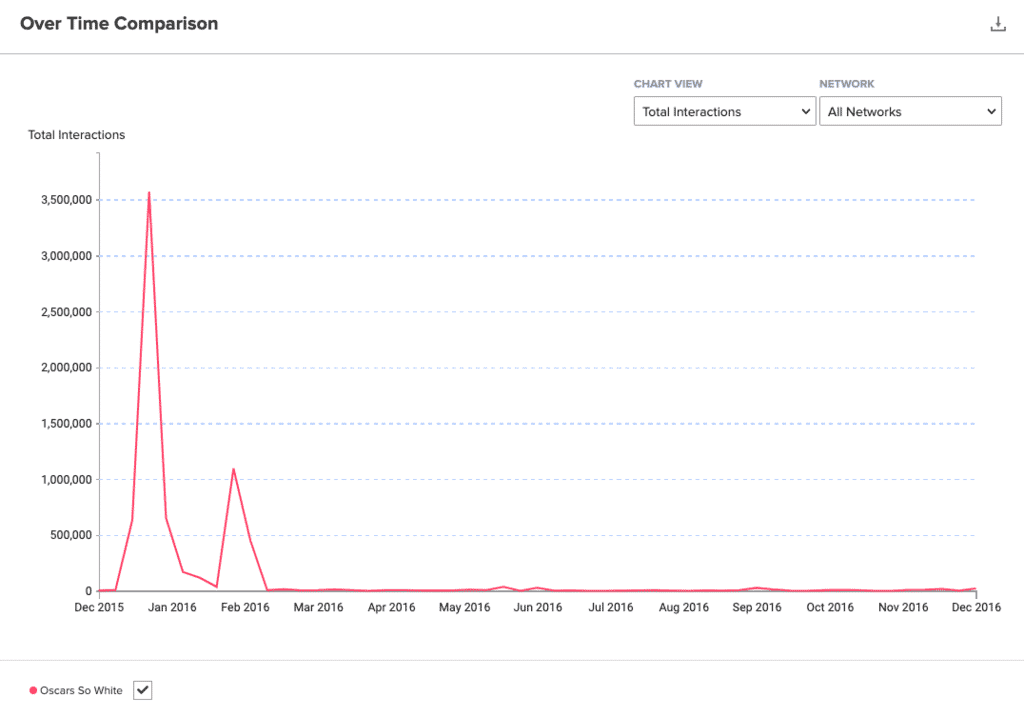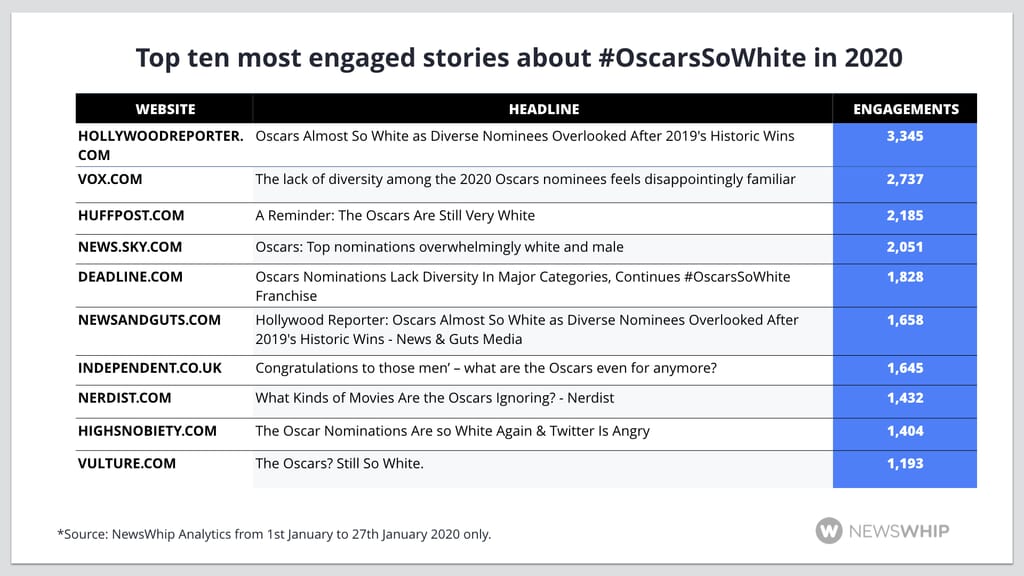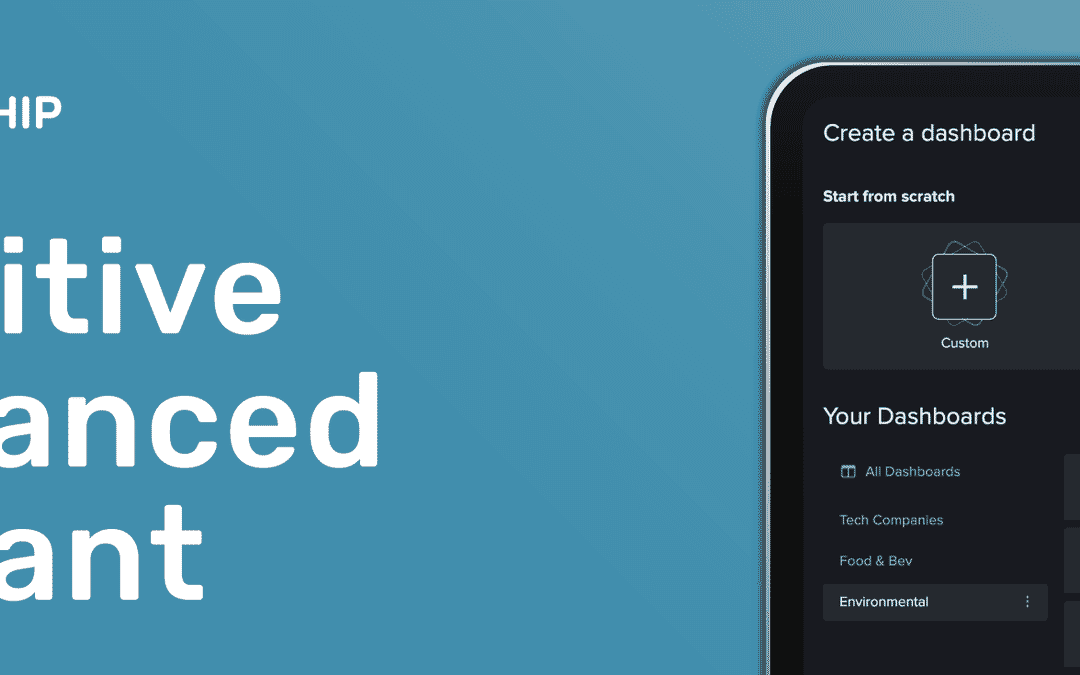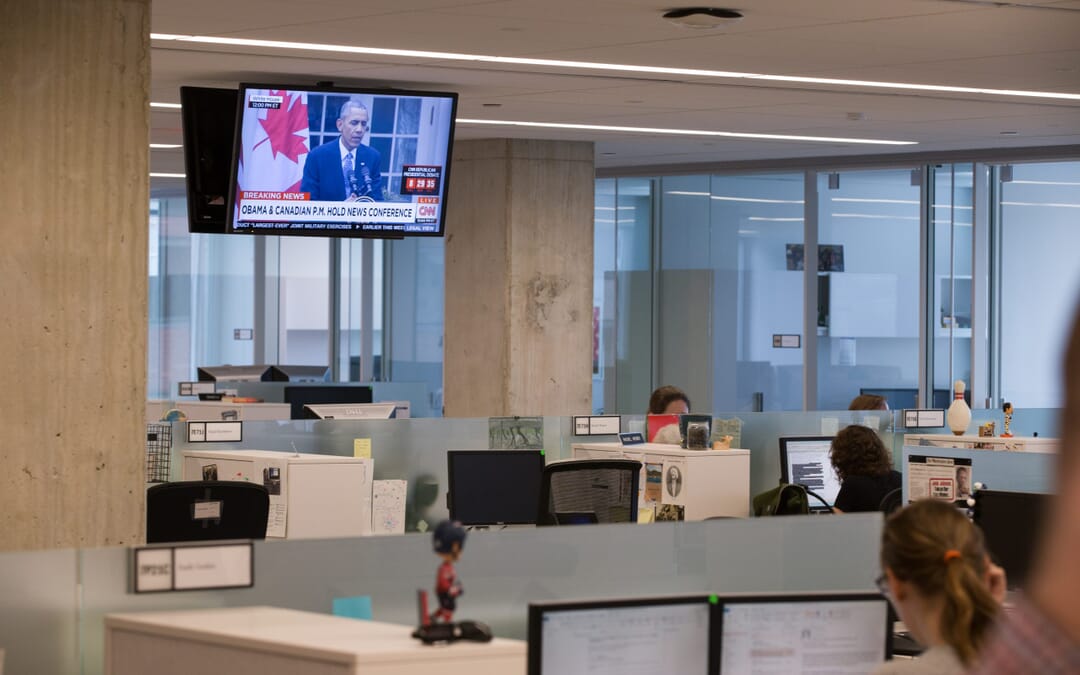At the beginning of each year, the potential for change and optimism seems to last until around the second week of January, when Oscar nominations land and Twitter is set alight.
In 2015, the hashtag #OscarsSoWhite was part of a broader social media movement started by April Reign, who has worked for years to demonstrate how much really needs to be done to increase diversity in the film industry.
The hashtag resurfaced this year after coverage of ahead of the 2020 Oscars began circling and once again, there was little diversity represented among nominations. Despite a diverse crop of movies in the past year, the Academy of Motion Picture Arts and Sciences chose predictable points of view, represented through white, male, films.
This comes after the BAFTA (British Academy of Film and Television Arts) Film Awards neglected to nominate a single person of color (Margot Robbie was nominated twice in the best supporting actress category in lieu of literally any other human) and while the Golden Globes was marginally better, awards season has left a lot to be desired.
According to our data, one year after its initial trending moment on Twitter in 2015, the hashtag was covered in more stories than any other year. With 3.5 million engagements to stories covering the movement, Oscar noms themselves and final results, 2016 still holds the record for most engagements to content about #OscarsSoWhite.
Engagements to #OscarsSoWhite content in 2016

In the years since, engagements to content about the lack of diversity in Academy Award nominations has gone down, as well as the amount of articles written about it, but that doesn’t mean the conversation has become any less prevalent.
The types of stories that were trending then, are indicative of the broader conversation about diversity and inclusion, which unfortunately hasn’t made great strides since.
In 2016, some people were upset that celebrities were boycotting the Oscars and a small subset was confused as to why this movement was even happening and the narrative reflected in the top 10 most engaged stories reflects that trend clearly:

In 2016, over 17k articles were published about varied reactions to #OscarsSoWhite, but the most highly engaged stories were slamming the movement or attempting to turn the argument on its head by claiming BET should be eliminated if people really don’t want “segregation.”
Four years later in 2020, the script seems to have flipped, with only the news organizations who understood why the movement matters back in 2016 are publishing stories now about the issue. Engagements aren’t nearly as high in the wake of other major news breaking, and so far, only 677 articles about #OscarsSoWhite have been published, compared to 2016’s 17k.

The main narrative was very different this year though, with a focus on why five years after the movement started we’re still talking about this and how disappointing the nominations were. We’ve yet to include actual Oscars coverage, which will alter totals for 2020 in terms of number of articles written and the engagements to them, but there is still much less attention on the issue this year.
With the actual event happening Feb. 9th, eyes will be on the the ensuing coverage, though no celebrities appear to be boycotting this year. Film fanatics and people of color who are looking for representation in today’s media won’t find what they’re hoping for yet if the most shared story on social is any indication.
If you’d like to keep an eye on awards season coverage in real-time for yourself, check out NewsWhip Spike.











